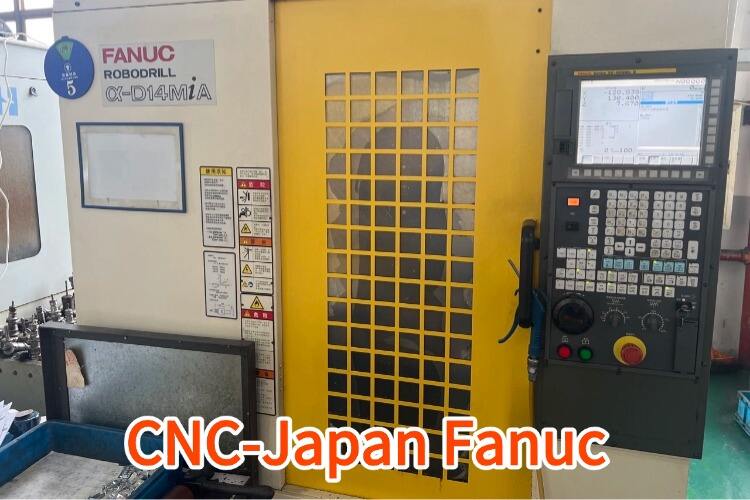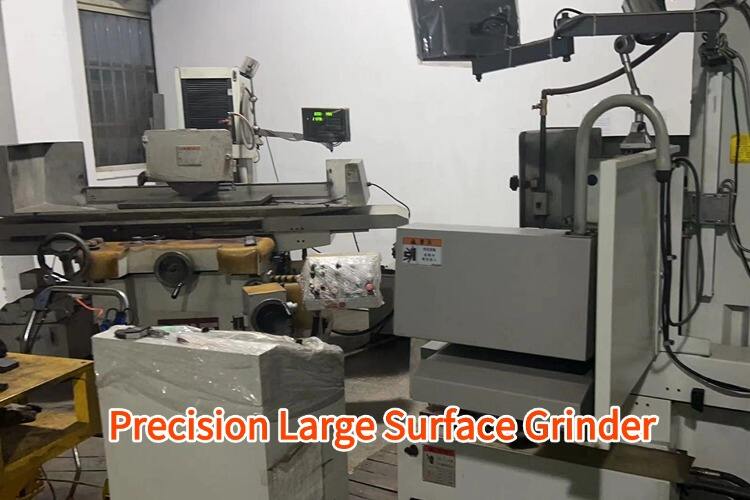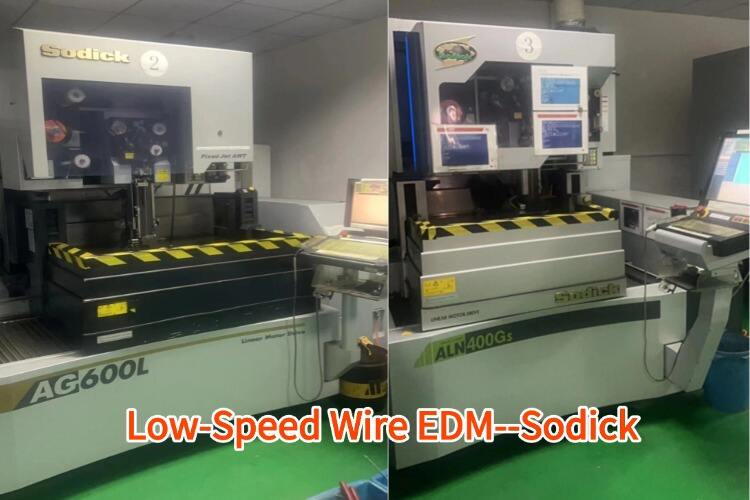stamping
Stamping represents a crucial manufacturing process that transforms flat sheet metal into specific shapes through mechanical deformation. This sophisticated process employs specialized tools and dies to create complex geometric forms, making it essential in modern manufacturing. The technology combines precision engineering with high-speed production capabilities, enabling manufacturers to produce large volumes of identical parts with exceptional accuracy. The process involves several stages, including blanking, piercing, forming, and drawing, each contributing to the final product's quality and functionality. Modern stamping operations utilize advanced CNC machinery and automated systems, ensuring consistent quality while minimizing material waste. The versatility of stamping makes it indispensable in various industries, from automotive manufacturing to consumer electronics. The process accommodates different materials, including steel, aluminum, copper, and brass, offering flexibility in product design and application. Advanced stamping technologies incorporate real-time monitoring systems and quality control measures, ensuring each component meets precise specifications. This manufacturing method proves particularly valuable for high-volume production scenarios where consistency and cost-effectiveness are paramount considerations.


